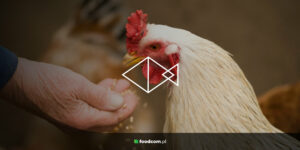Cat 3 – what is it?
“Cat 3” refers to Category 3 Animal By-Products (ABPs) as defined by the European Union regulations. These by-products are derived from animals that are considered fit for human consumption at the time of their death but are not intended for human food. Common sources include parts of slaughtered animals that are not typically consumed by humans or products that have undergone processing but are no longer intended for human consumption due to reasons like packaging defects. Cat 3 materials are of significant relevance, especially in the production of pet foods, certain fertilizers, and some industrial applications.
Most common questions
1. How is Cat 3 different from other animal by-product categories?
Cat 3 ABPs are distinguished from Category 1 and Category 2 by-products based on their risk levels. While Cat 1 contains the highest risk materials (like Specified Risk Materials or SRM) and Cat 2 has materials deemed unfit for human consumption, Cat 3 materials come from animals declared fit for human consumption but are not intended for human food for various reasons.
2. What are the main uses of Cat 3 by-products in the market?
Category 3 by-products are widely used in pet food manufacturing because they originate from animals safe for human consumption. They are also used in composting or biogas production and can serve as an ingredient in some organic fertilizers. Some specialized industrial applications might utilize Cat 3 materials, but their primary use remains in pet food production.
3. Are there restrictions on transporting and processing Cat 3 materials?
Yes, the European Union has set forth strict regulations for the handling, transportation, and processing of Cat 3 by-products to ensure safety and traceability. Entities dealing with these materials must adhere to these regulations, which may involve specific documentation, treatment processes, and storage conditions.
4. Are Cat 3 by-products safe for animal consumption?
Yes, Category 3 animal by-products are derived from animals deemed fit for human consumption. While they are not intended for human food, they are safe for consumption by animals, particularly in the pet food industry where they are a primary ingredient.




